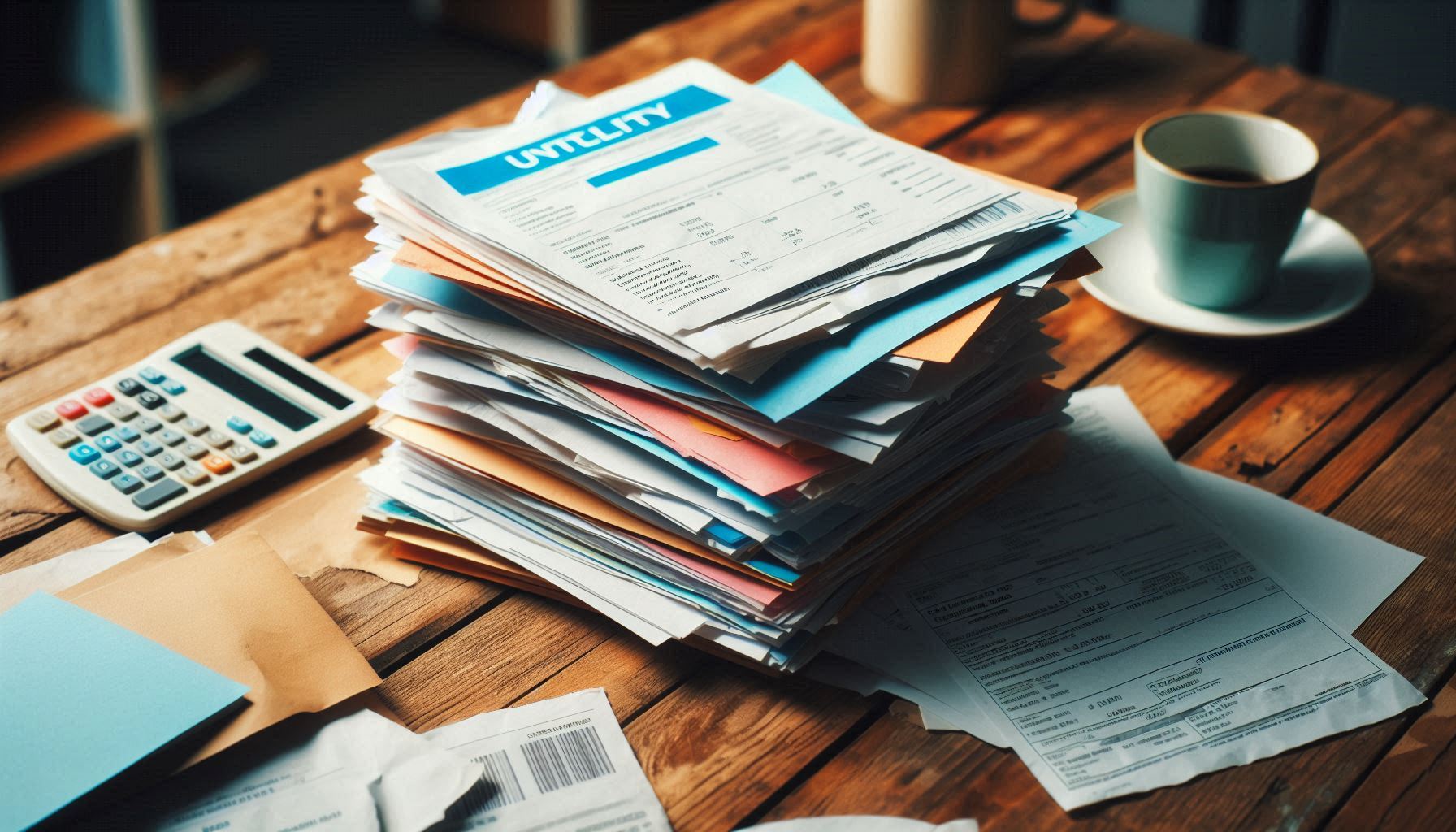Landlord Blog
Education and news for smart DIY landlords!
The Hidden Costs of Homeownership: What Buyers Often Overlook

Buying a home is an exciting milestone, but many buyers focus solely on the purchase price and mortgage payments, overlooking the hidden costs that come with homeownership. These unexpected expenses can add up quickly and strain a homeowner’s budget if not accounted for. Here’s a breakdown of the hidden costs buyers often overlook and how to prepare for them.
1. Property Taxes
Property taxes can be a significant ongoing expense that varies based on location and home value. Many buyers underestimate how much property taxes can rise over time, especially if their area undergoes development or reassessment. Before purchasing, research local tax rates and anticipate potential increases to avoid financial surprises.
Read more: Tax Deductions Every Homeowner Should Know About
2. Homeowners Insurance

While mortgage lenders require homeowners insurance, buyers may not realize how much their premium can fluctuate based on location, home condition, and coverage options. Additional coverage, such as flood or earthquake insurance, may be necessary depending on the region, further increasing costs. Shopping around for the best rate and bundling policies with auto insurance can help reduce premiums.
3. Maintenance and Repairs

Unlike renting, where landlords handle repairs, homeowners are responsible for all maintenance. Routine upkeep like HVAC servicing, gutter cleaning, and landscaping can add up. Additionally, unexpected repairs—such as a leaking roof, plumbing issues, or a broken appliance—can be costly. Experts recommend setting aside 1%–3% of the home’s value annually for maintenance and repairs to avoid financial strain.
Read more: Why Home Maintenance Is an "Investment Protection”
4. HOA Fees and Special Assessments
If the home is in a community with a homeowners association (HOA), monthly or annual fees may be required. These fees cover shared amenities and maintenance but can increase over time. Additionally, special assessments—one-time charges for major repairs or community improvements—can be unexpected and costly. Prospective buyers should review the HOA’s financial health and history of assessments before purchasing.
5. Utility Bills

Homeownership comes with higher utility costs compared to renting. Heating, cooling, water, electricity, and waste disposal expenses can fluctuate seasonally and depend on the home’s size and efficiency. Older homes with outdated systems may have higher energy costs. Conducting an energy audit or investing in energy-efficient upgrades can help lower monthly utility bills.
6. Lawn Care and Landscaping
Maintaining a yard can be more expensive than expected. Homeowners may need to purchase lawn equipment, pay for professional landscaping, or invest in irrigation systems. Some neighborhoods even have landscaping requirements, adding to maintenance costs. Budgeting for seasonal lawn care and tree maintenance is essential to avoid neglecting outdoor spaces.
Read more: 7 Low Maintenance Home Exterior Ideas To Save Time and Money
7. Pest Control
Pests such as termites, rodents, and insects can cause significant damage if not addressed. Regular pest inspections and treatments may be necessary, especially in areas prone to infestations. Preventative pest control can cost hundreds of dollars annually but is crucial in protecting a home’s structural integrity.
8. Appliances and Home System Replacements
Major home systems, such as the HVAC, water heater, and roof, have limited lifespans. Appliances also wear out over time. Replacing these items can be expensive, with costs ranging from a few hundred to several thousand dollars. Homeowners should anticipate these expenses and consider a home warranty for added protection.
9. Renovations and Upgrades
Many homeowners want to personalize their space with renovations or cosmetic upgrades. Even small projects, such as repainting or updating fixtures, can add up. Larger projects like kitchen remodels or basement finishing require significant investments. Planning ahead and setting a renovation budget can prevent financial stress.
Read more: Home Improvements With the Best ROI
10. Moving and Furniture Costs

After purchasing a home, moving expenses and furnishing costs often catch buyers off guard. Hiring movers, purchasing furniture, and decorating the new space can be costly. First-time buyers especially may need to invest in essentials like window coverings, rugs, and kitchen appliances.
Final Thoughts
Homeownership is a rewarding investment, but it comes with more expenses than just the mortgage payment. By understanding and planning for these hidden costs—property taxes, insurance, maintenance, utilities, and more—buyers can avoid financial strain and enjoy their home with confidence. Setting aside an emergency fund and budgeting wisely will ensure a smooth and stress-free homeownership experience.
